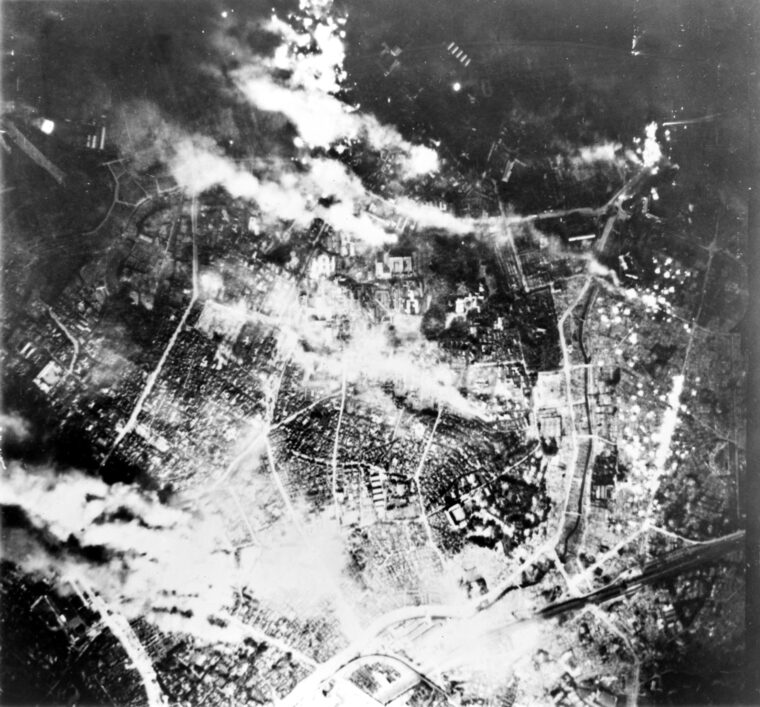
Winter 2013
WWII Quarterly, Editorial
Death & Destruction
The aerial photos of the aftermath were stunning. Miles and miles of destroyed homes, apartments, businesses. Fires burning out of control. Read more

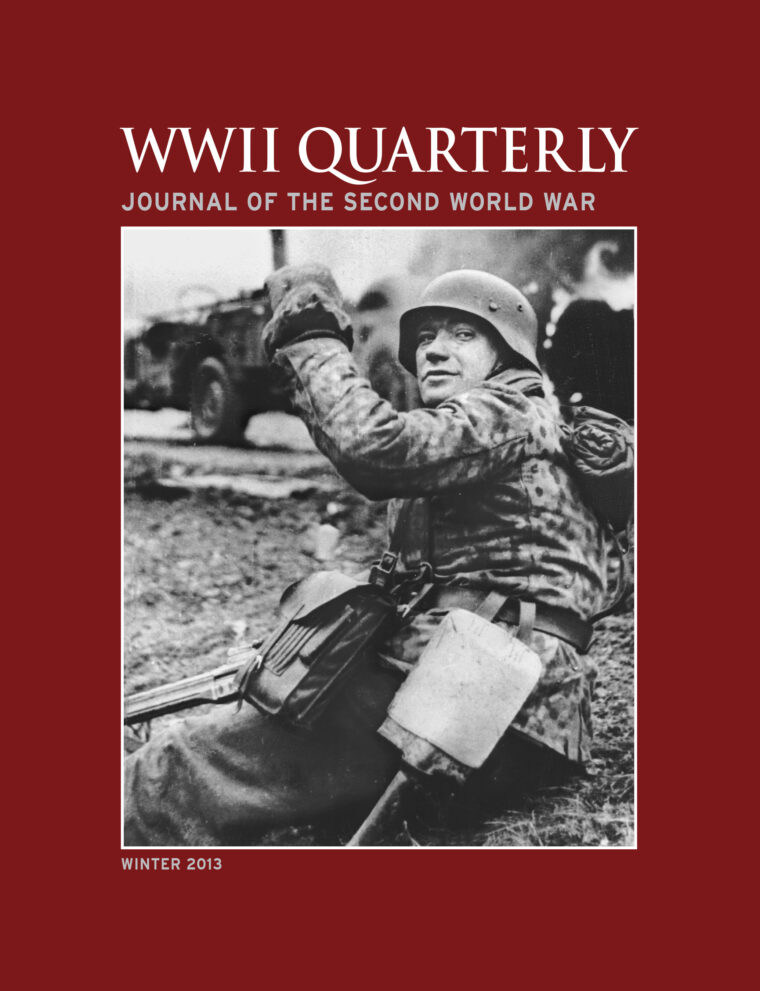
Volume 4, No. 2
COVER: A soldier from the 1st SS Panzer Grenadier Division poses in front of destroyed American vehicles during the Battle of the Bulge.
Photo: National Archives

Winter 2013
WWII Quarterly, Editorial
The aerial photos of the aftermath were stunning. Miles and miles of destroyed homes, apartments, businesses. Fires burning out of control. Read more
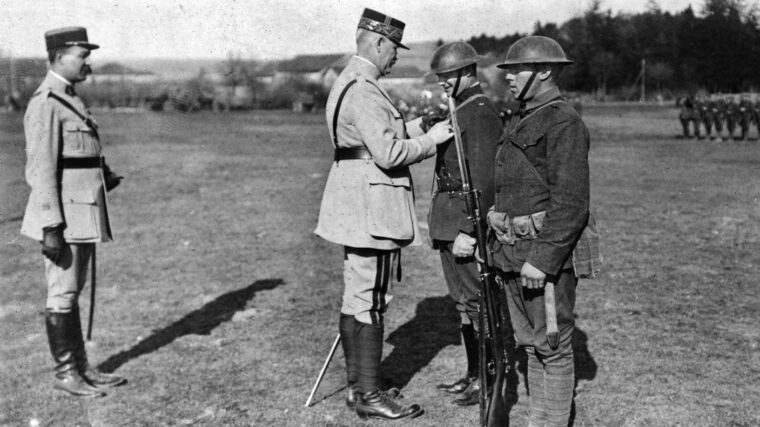
Winter 2013
WWII Quarterly, Personality
On July 14, 1940, William Donovan stood on the pier fronting New York harbor and waited to board the Pan Am flying boat named the Lisbon Clipper for a flight that would take him to Portugal and then to London, his ultimate destination. Read more
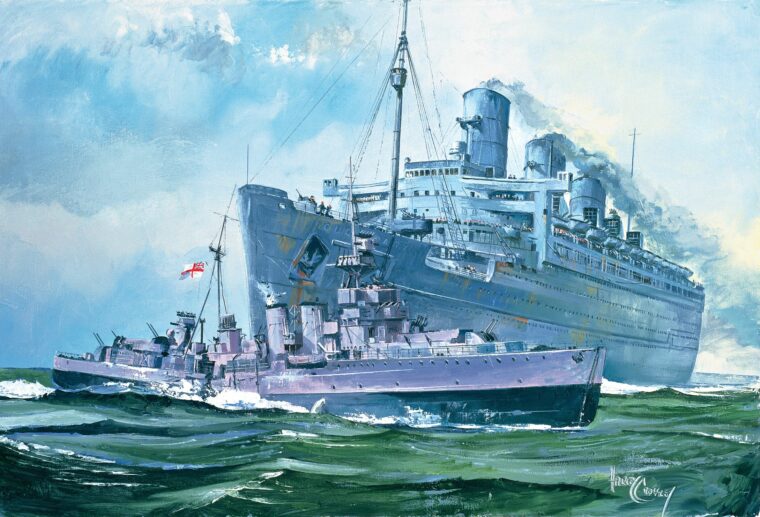
Winter 2013
WWII Quarterly, Tragedies
Not all those who died in World War II died in combat. There were also illness, heart attacks, cancer, friendly fire … and accidents. Read more
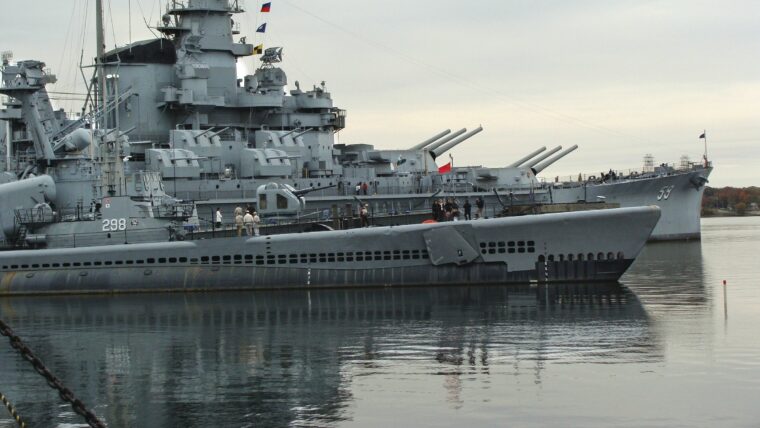
Winter 2013
WWII Quarterly, Museums
Many associate Massachusetts with the Kennedy family, and its influence is evident at Battleship Cove. The World War II record of the Kennedys is a distinguished one. Read more
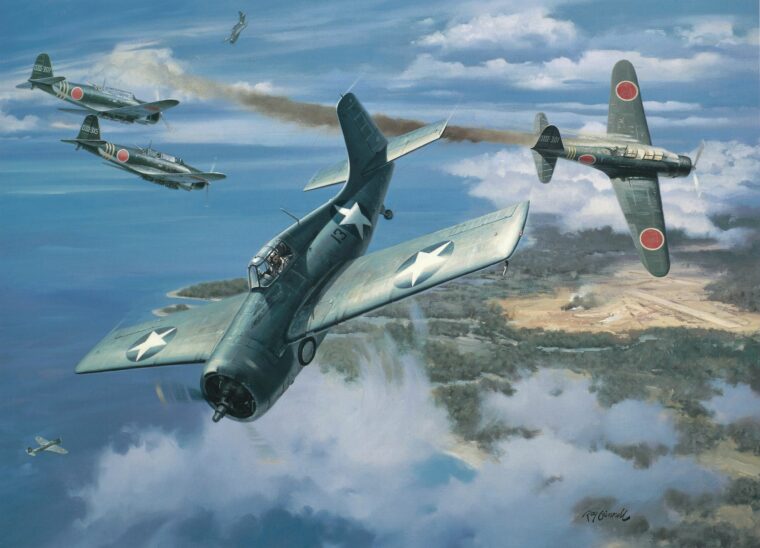
Winter 2013
WWII Quarterly
Prologue: At the start of World War II, Midway Atoll was a key U.S. base in the central Pacific. Read more
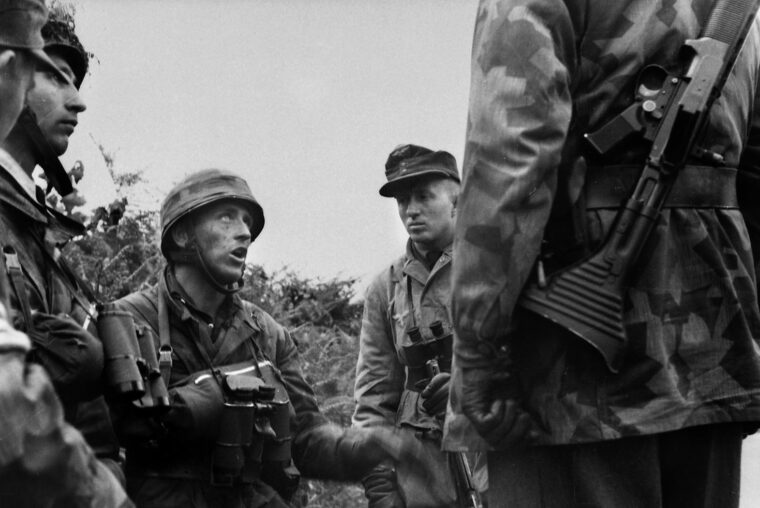
Winter 2013
WWII Quarterly
Background: In this, the third and final installment of a three-part series excerpted from The Lions of Carentan, the 2011 book by a respected German military historian, Fallschirmjäger Regiment 6 (FJR 6) has been pushed out of Ste.-Mère-église, Read more
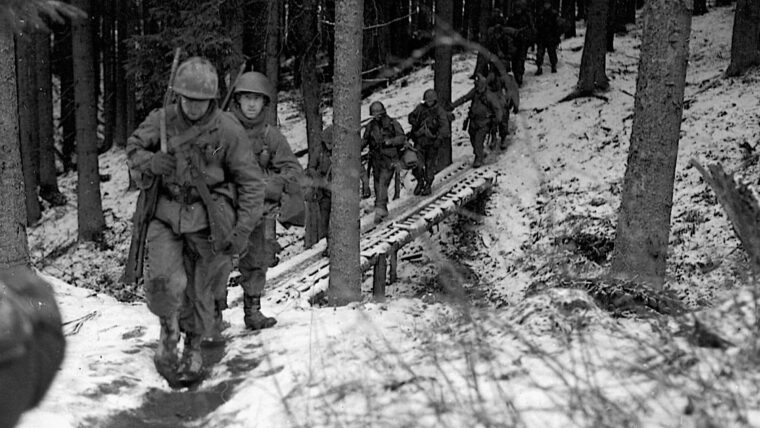
Winter 2013
WWII Quarterly
BACKSTORY: Unternehmen Wacht-am-Rhein (Operation Watch on the Rhine), better known in the West as the Battle of the Bulge, had its beginnings following the failed assassination attempt on Adolf Hitler’s life by Colonel Count Claus Schenk von Stauffenberg and a group of other high-level plotters who felt that their Führer was not only leading Germany to defeat but also its doom, and thus had to be eliminated. Read more
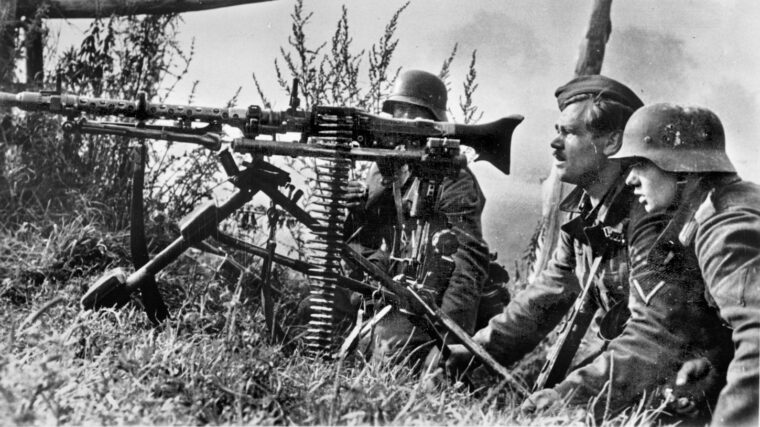
Winter 2013
WWII Quarterly
As Russian and German tanks exchanged fire, German Corporal Erwin Engler realized that if he was to get his wound treated, to even survive—if he was to ever see his family again back in what had been the Polish Corridor—he was going to have to make a dash across open ground to reach the safety of a wooded area. Read more
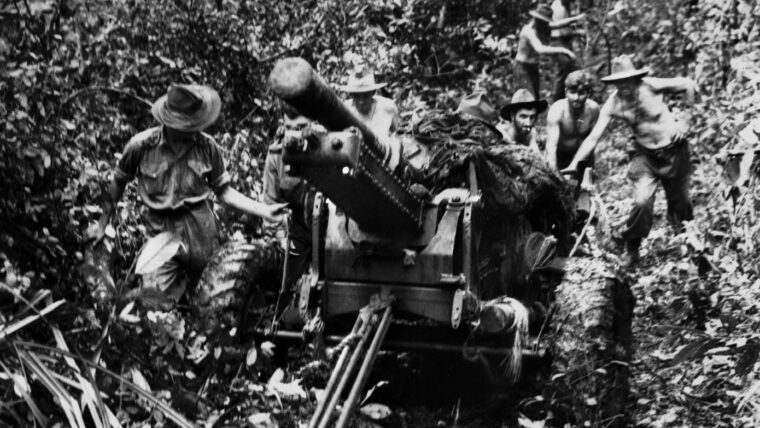
Winter 2013
WWII Quarterly
One blazing hot day in mid-January 1942, Cornelius “Con” Page, an Australian plantation manager and coastwatcher on Tabar Island 20 miles north of New Ireland reported on his radio a Japanese aircraft passing Tabar and heading for Rabaul on the Australian-administered island of New Britain. Read more
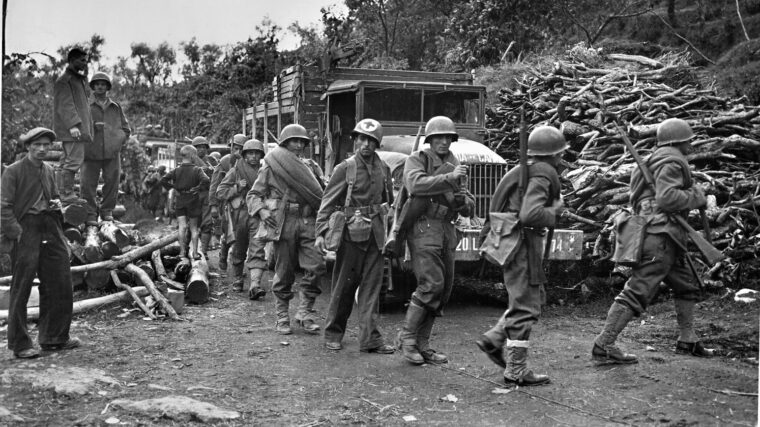
Winter 2013
WWII Quarterly
The term “United Nations” was in large part derived from the large number of nations that joined in common cause between 1939 and 1945 to defeat the Axis powers of Germany, Japan, and Italy during World War II. Read more
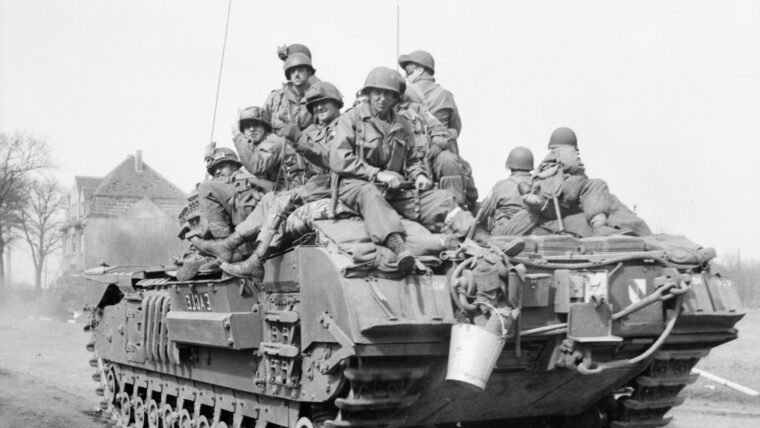
Winter 2013
WWII Quarterly
The jerk of the canopy opening was a reassuring sensation. Not so reassuring was the storm of small arms and artillery fire that roared up from the ground. Read more